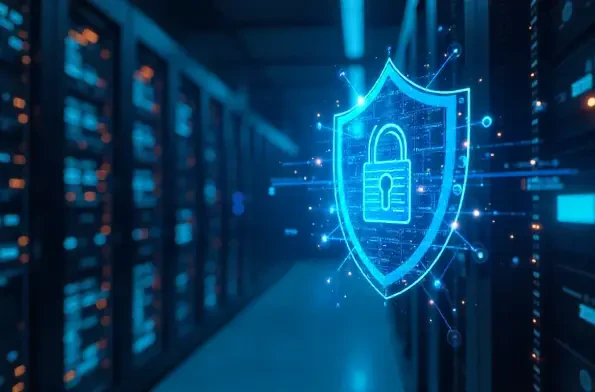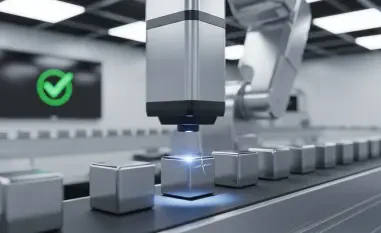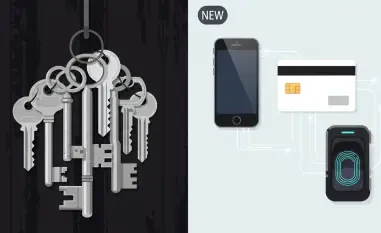Imagine a sprawling urban parking lot at midnight, where smart cameras equipped with AI instantly detect suspicious activity and alert security personnel in real time, showcasing the power of cutting-edge security technologies. This scenario is no longer a distant vision but a reality driven by advanced systems. However, the true enabler behind these intelligent solutions often goes unnoticed: the infrastructure for power and data transmission. This roundup dives into the critical role of infrastructure in supporting next-gen security tech, gathering insights, opinions, and tips from industry professionals and thought leaders. The purpose is to explore how foundational technologies are shaping the deployment of AI-driven edge devices and to compare diverse perspectives on the innovations driving this transformation.
The Backbone of Modern Security: Why Infrastructure Is Essential
The evolution of cyber-physical security systems has been rapid, with AI-powered edge devices like smart cameras and access controllers becoming indispensable tools for protecting assets. Industry experts emphasize that without robust infrastructure, these advanced solutions cannot function effectively, especially in challenging or remote environments. Hardened power systems and reliable data transmission are seen as the unsung heroes ensuring seamless operation across diverse settings, from city streets to industrial complexes.
Many professionals point out that infrastructure is not just about keeping devices powered but also about enabling scalability and adaptability. A common viewpoint is that the ability to deploy security tech in harsh or distant locations hinges on innovations in power delivery and connectivity. This sets the stage for a deeper look into specific technologies and real-world applications that are redefining the security landscape, as well as future possibilities that continue to emerge.
Core Technologies Fueling Security Advancements: Diverse Perspectives
Extending Reach with Hardened PoE Switches and Fiber Converters
Hardened Power over Ethernet (PoE) switches and Ethernet-to-fiber media converters are frequently highlighted by industry voices as game-changers for deploying edge devices in remote or tough conditions. These technologies allow security systems to operate in areas like parking lots or rural facilities where traditional setups falter. For instance, some note the ability of these converters to support battery charging—achieving a full charge of 32AH in under eight hours—ensuring reliability even during power interruptions.
Cost savings are another benefit often mentioned, as these solutions reduce the need for extensive cabling or local power setups. However, opinions differ on implementation challenges, with some experts cautioning about intermittent power supply issues in certain regions that could undermine performance. There’s also a debate on balancing upfront costs against long-term efficiency, especially for large-scale installations where budget constraints are a concern.
Reviving Legacy Systems with Single Pair Ethernet (SPE)
The resurgence of Single Pair Ethernet (SPE) under the T1L standard garners attention for its ability to support modern devices over long distances—up to 1000 meters—using existing two-wire cabling. Many in the field praise SPE for enabling cost-effective upgrades of IP systems for cameras and sensors without the expense of new CAT5e installations. This approach is seen as a practical solution for organizations looking to modernize on a budget.
On the flip side, some professionals express concerns over compatibility with older infrastructure, noting that not all legacy systems integrate smoothly with SPE. Despite this, there’s agreement on its competitive edge in retrofit markets, where repurposing existing wiring offers a significant advantage. The reduced need for additional equipment also sparks interest as a way to streamline deployments.
Simplifying Power Delivery via PoE-Driven Chargers
PoE-driven power supply/chargers, leveraging IEEE 802.3bt standards, are transforming how edge devices like IR cameras receive localized, low-voltage power. Experts highlight the safety and simplicity of these systems, as they eliminate high-voltage setups, reducing maintenance risks and installation complexity. The absence of high voltage until a device handshake occurs is often cited as a key safety feature.
Regional adoption trends show varying enthusiasm, with some areas pushing for these solutions due to faster deployment timelines. Innovations like 4-Pair PoE technology are also gaining traction, though opinions split on whether high-voltage systems are entirely obsolete or still necessary for specific applications. The consensus leans toward these chargers redefining norms for efficiency and safety in security setups.
Bridging Old and New with Ethernet over Coax (EoC) and Network Management
Ethernet over Coax (EoC) media converters are valued for enabling IP upgrades over existing coax infrastructure, a point many industry leaders stress as a cost-effective alternative to full rewiring. When paired with network power management platforms, these solutions allow remote diagnostics and real-time alerts, minimizing downtime. Some professionals argue that EoC offers a better return on investment compared to SPE in certain scenarios due to lower labor costs.
Differing views emerge on the long-term viability of EoC versus newer technologies, with a few suggesting that its relevance may wane as infrastructure evolves. Still, speculation about integrating APIs for customized power solutions adds an exciting dimension to the discussion, with many seeing potential for enhanced operational efficiency through tailored network management tools.
Key Insights and Practical Strategies from the Field
Drawing from various perspectives, it’s clear that infrastructure technologies like PoE switches, SPE, and network management are pivotal in unlocking the potential of AI-driven security systems. A recurring tip from experts is to prioritize cost-effective upgrades, such as leveraging SPE or EoC for legacy systems, to avoid unnecessary expenses on new cabling. This approach is particularly relevant for organizations with constrained budgets but high security needs.
Another practical strategy is investing in remote power management tools to ensure uptime and reduce operational disruptions. For security professionals and business owners, assessing infrastructural needs becomes a critical step. Recommendations include evaluating current systems for compatibility with modern edge devices and planning for scalable deployments that can adapt to future advancements.
Looking Ahead: Infrastructure as the Future of Security Innovation
Reflecting on the insights gathered, it became evident that robust power and data solutions were not merely supportive but central to the progress of modern security technologies. The discussions underscored how adaptable infrastructure has been essential in addressing evolving threats during recent implementations. Each perspective, from PoE innovations to legacy system upgrades, contributed to a broader understanding of the field’s direction.
Moving forward, stakeholders should consider focusing on integrating smarter, more connected systems by investing in flexible infrastructure. Exploring emerging tools for remote diagnostics and customized power delivery could further enhance security outcomes. As threats continue to evolve, building a strong foundational layer remains a vital step toward creating safer, more resilient environments.













